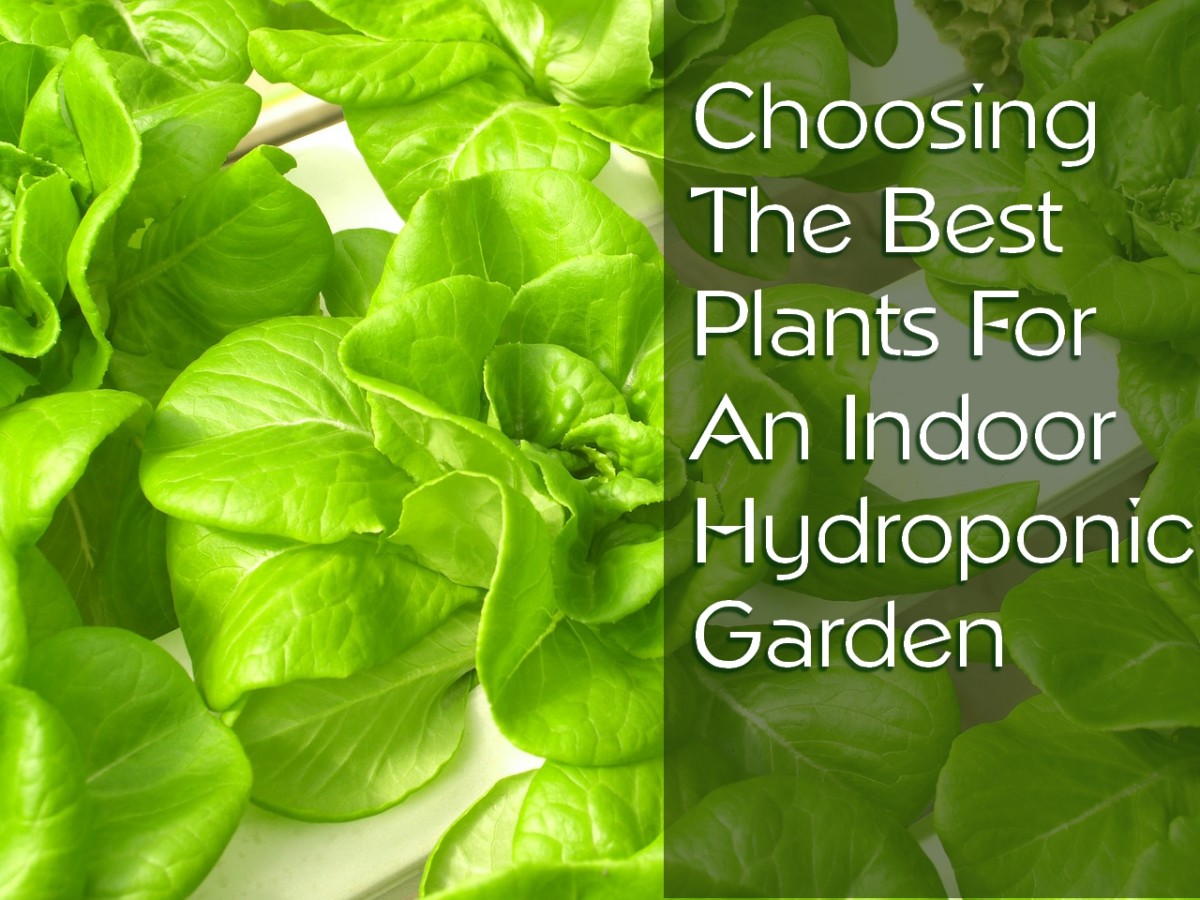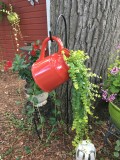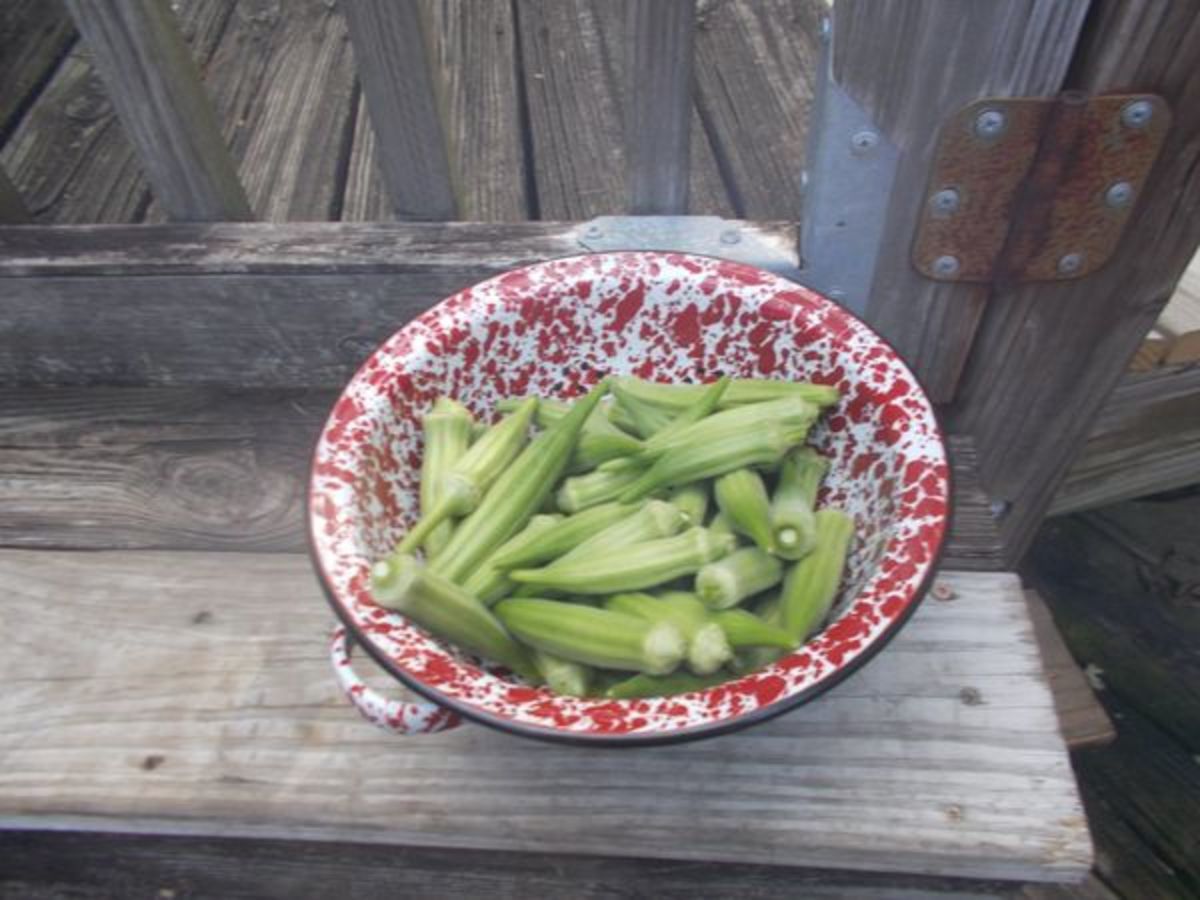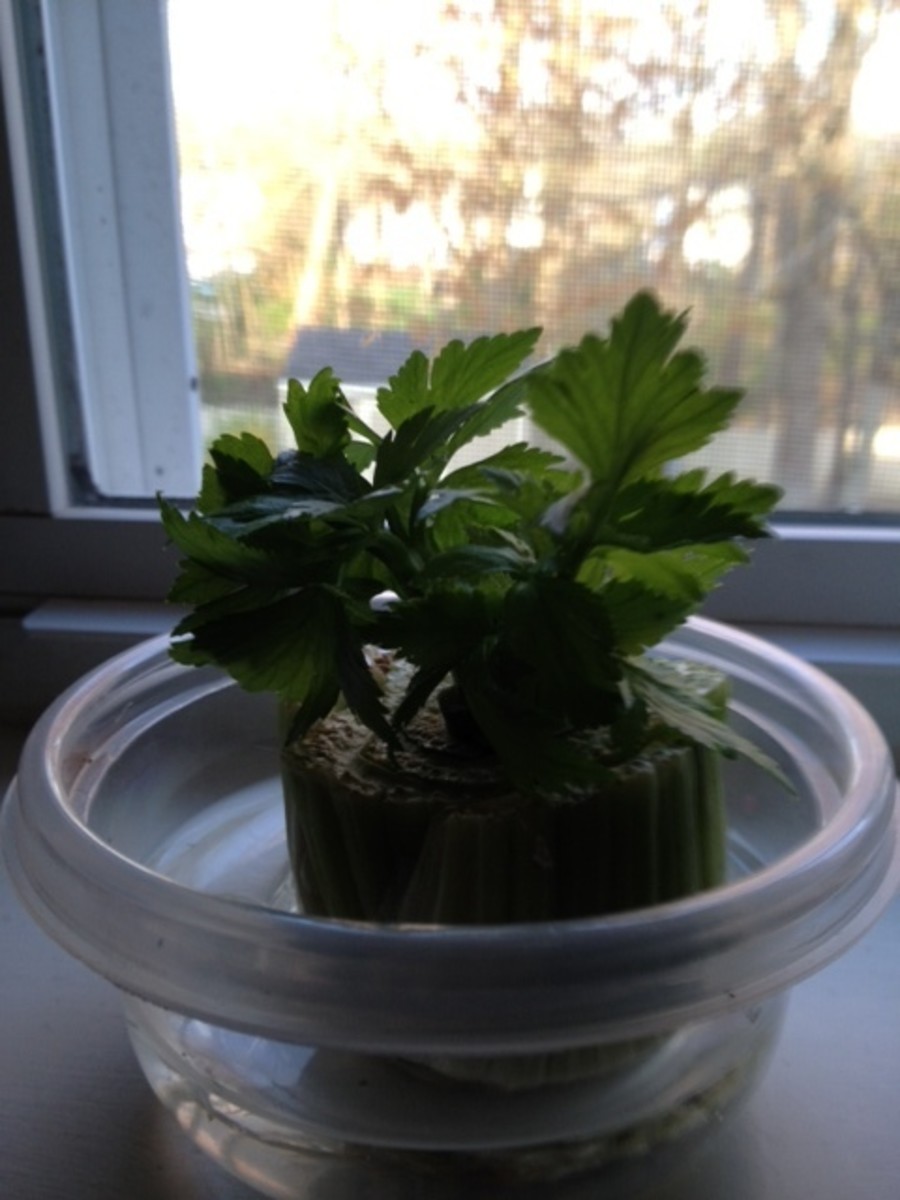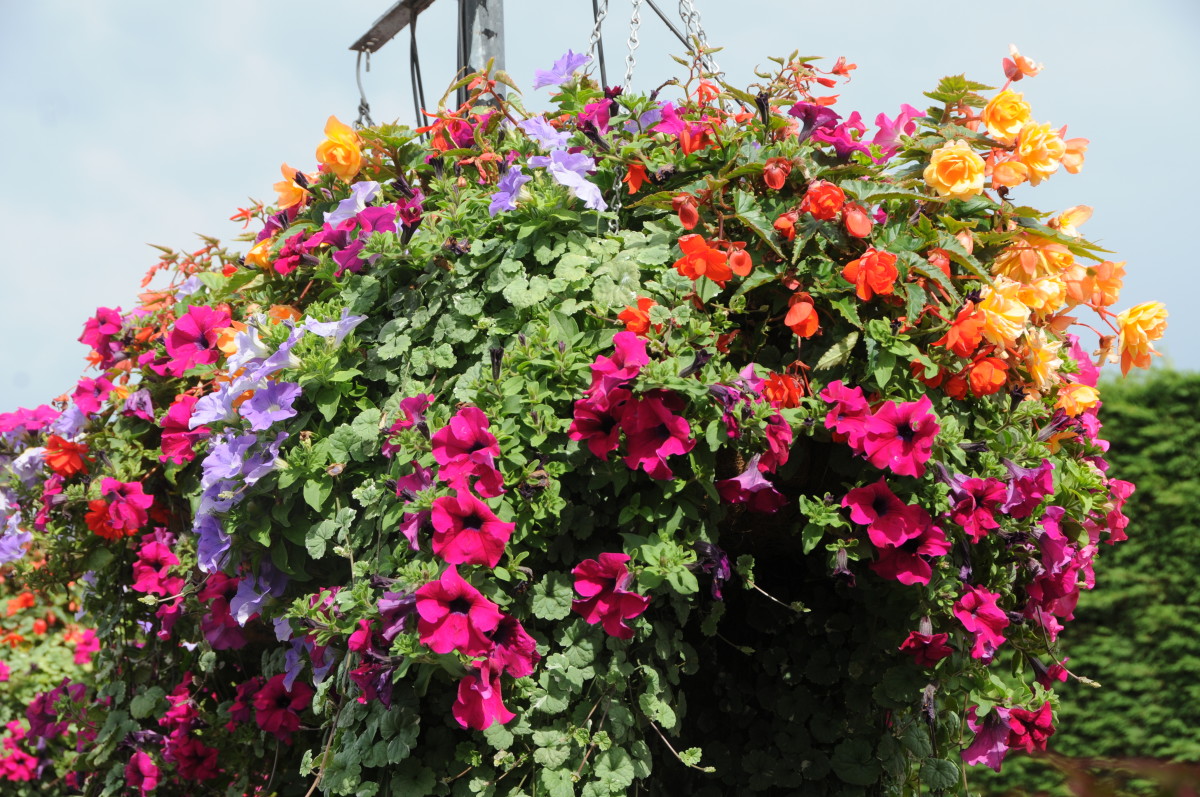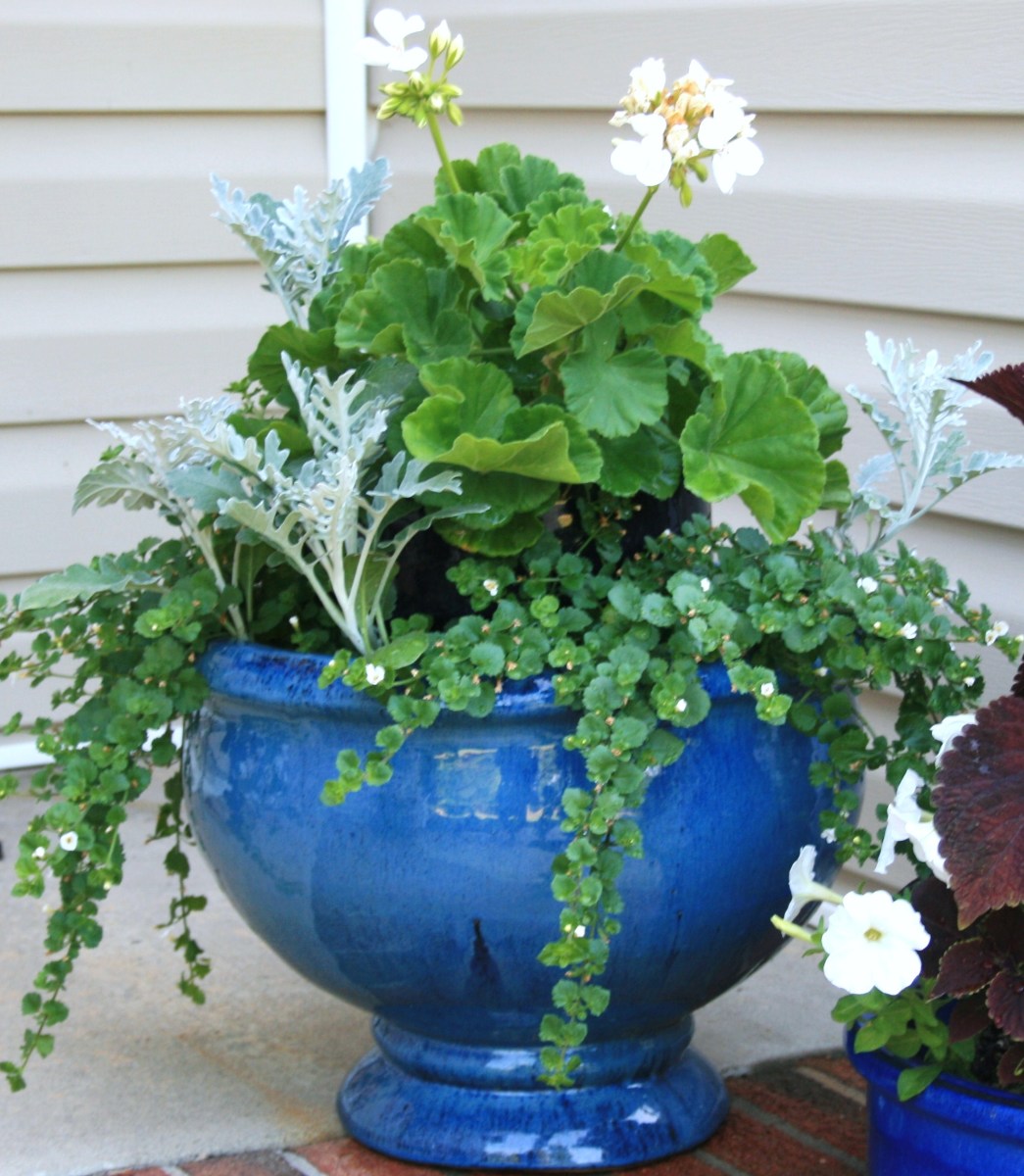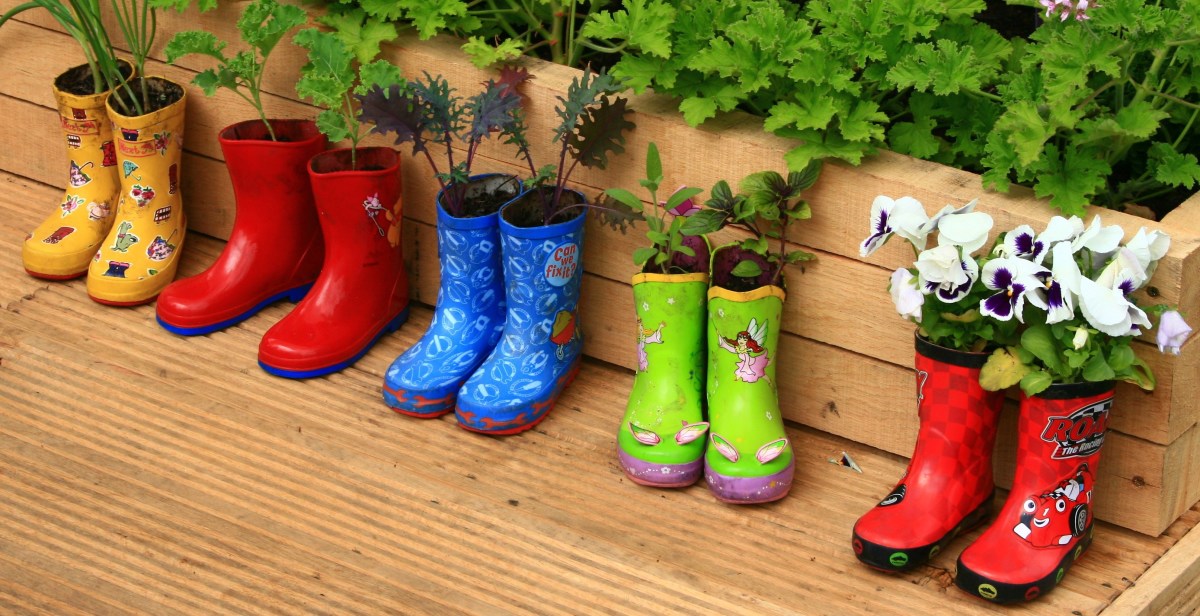Benefits Of Growing Your Own Vegetables In Pots And Containers
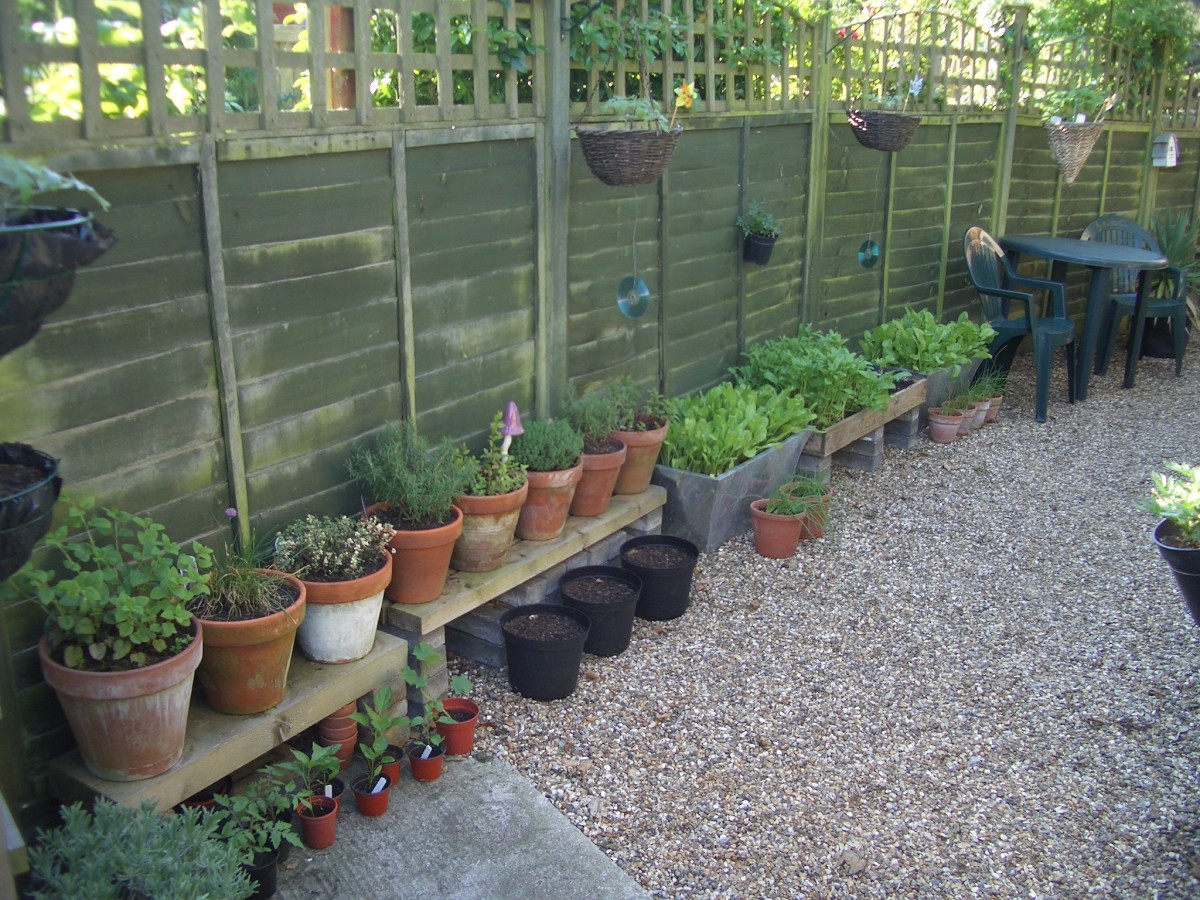
There Are Many Benefits To Producing Home Grown Fruit, Vegetables And Herbs In Pots And Containers.
With a traditional vegetable plot, you work with what you have. The soil may be unsuitable for many of the crops you would like to grow which means having to work the ground to make it suitable for producing healthy plants. With pot growing, it is as simple as choosing the right ingredients for the particular plants needs, and away you go. For example, adding a little sharp sand to the growing medium of a pot will give looser compost that carrots prefer, or for growing blueberry bushes, which prefer an acidic soil, a bag of ericaceous compost, easily bought, is all you need to do to provide it with a growing medium it will happily thrive in.

The Benefits Of Container Growing
Space saving.
Lack of space is one of the most common reasons for growing vegetables in containers. For the many people that live in apartments or flats, the only outside space they have may be a window sill or balcony. Others may only have a small patio or garden that has been paved over. Others may have a garden that has another use, such as the kids playing area or dog exercising space. In each of these cases, using containers makes growing vegetables possible and in gardens where children or pets take priority, the containers will provide protection and reduce the chance of the plants being trampled or dug up. For those who have only a small garden, when the final plants have been cropped, the pots can be cleaned and stored and spent compost disposed of, still leaving the garden usable for other things, and not taken up by patches of bare earth, or straggly remaining plants.
Convienience.
It is unusual to have a vegetable plot right outside your back door. But this is probably the most convenient place for it as you will be taking the vegetables from the garden to the kitchen. With vegetables grown in pots, the plants can be arranged near to the house, easily accessed from the kitchen, making it even more the likely that the crops will be used. This works particularly well for plants that you want to pick and eat straight away such as salads and fruits, or need a little at a time, such as fresh herbs.
Attractiveness.
Your produce in potscan add another dimension to your garden, adding character and color. The foliage of carrots is attractive, and growing plants such as rainbow chard will add extra color and texture, complementing decorative plants arranged with alongside. Mingling or intercropping your crops with decorative flowers will benefit them as well. Many strong colored and scented decorative plants attract crop friendly insects such as ladybirds and hoverflies which will help to protect your precious vegetables from pests such as greenfly.
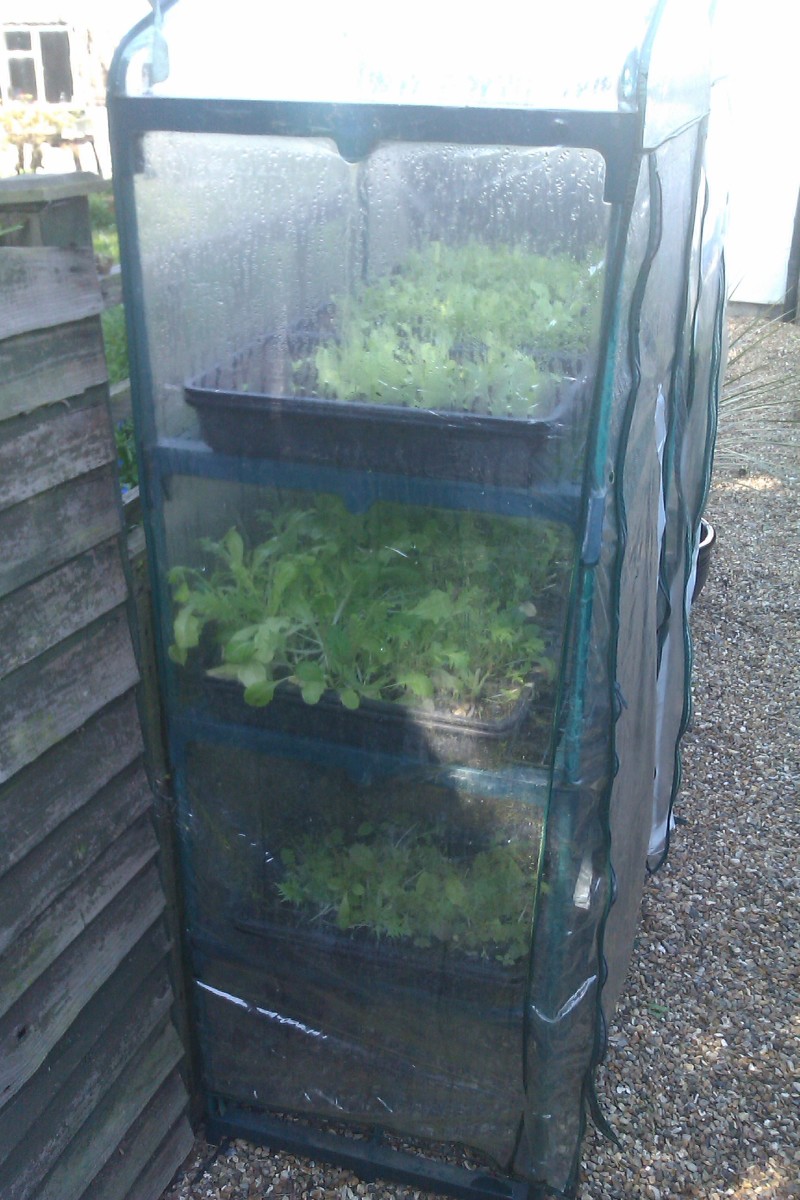
No digging.
For many, one of the downsides of tending a vegetable plot is the hard labor involved. Digging over and weeding a plot is a necessary must for many who would rather not have to do it. Pots and containers don’t need digging over and weeds are far much less of a problem.
Positioning.
Selecting the best position for a particular plant on a vegetable bed has to take in different factors. What was grown there the previous year, what is the drainage like, how much sun does it get, and how exposed is it to the elements like frost and strong winds. The advantage of plants being grown in pots and containers is that they can be moved to different areas of the garden at different times of the year to best suit them with the conditions and optimize space. Moving vegetables in containers is a lot easier than trying to move them around a vegetable plot. If the garden is small or suffers from shade, the containers can be moved round to maximise exposure to sunlight as the plants require it. They can be moved to a more shady area to prevent drying out if taking a holiday means the plants won’t be watered regularly.
Rental properties.
Many people rent their properties and aren’t allowed to dig over the landlord’s rose garden or dig up all the shrubs to create a vegetable plot. Some places have communal gardens, but if the other residents aren’t keen on losing the lawn so it can be dug up for vegetables, it may still be possible to achieve home-grown by growing vegetables in containers as long as they don’t intrude on the neighbour’s enjoyment of the garden.
Compost.
It is less likely that, compared with open ground, your pot compost will get affected by disease. But if it does, or the plants in it are affected, it not difficult to dispose of the growing medium or the affected plants, clean the pot and start again. On the vegetable plot, diseased soil can result in a reduction in the varieties of plants that can be grown on it, having to have it treated, or having to leave it unused for years until the disease has dissipated. If the garden has very poor soil it could take time and lots of hard work to improve its quality. If that doesn’t appeal, or if time and ability are limited, growing in containers can ensure an ideal growing medium for the plants.
Pest control.
It is easier to manage pest control with pots then it is with an open patch of land. The pots can be positioned away from risk areas, elevated beyond reach, or protected easier with barrier control methods.
Rotation.
Crop rotation in its simple form isn’t difficult if the plants are just split into three main crops. Even if more complex rotations are not required it still means having to keep a plan of what was grown where, altering the suitability of the soil, or making sure plants are not grown on ground, not suitable for them, in the next growing year. Pot growing does not require rotation. Choose a pot, add the right compost, and you are done.
Growing Your Own
Growing vegetables in pots is a way that allows everyone to enjoy growing and eating their own home grown produce. Even a sunny window sill will accommodate enough pots to grow some fresh herbs. It can be surprising how much can be produced from just a few pots.
- Know The Basics of Growing Your Own Vegetables In Po...
- Container Gardening:Choosing the Right Pots & Contai...
- Growing Vegetables In Pots - How To Grow Shade Lovin...
- Growing Vegetables In Pots: How To Grow Salad Leaves
- Four Best Herbs To Grow In Pots And Containers
- Vegetable Garden Plants: Growing Carrots In Pots And...



